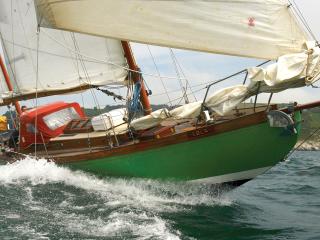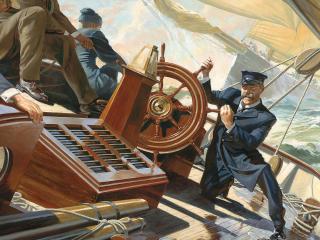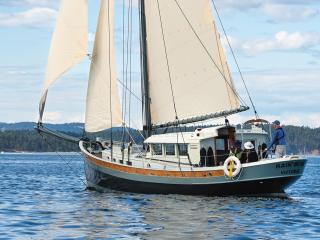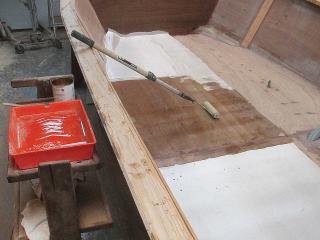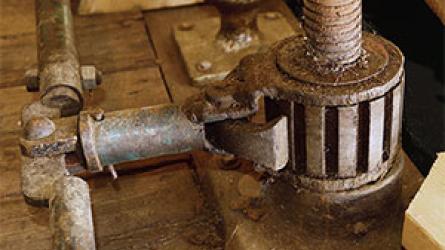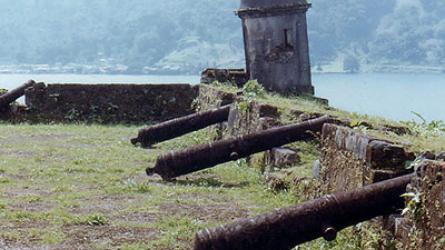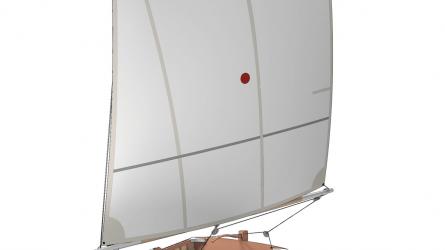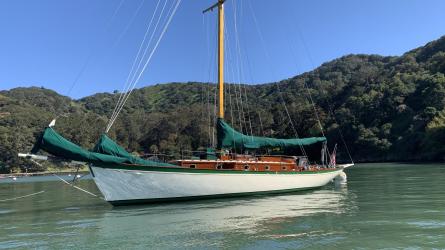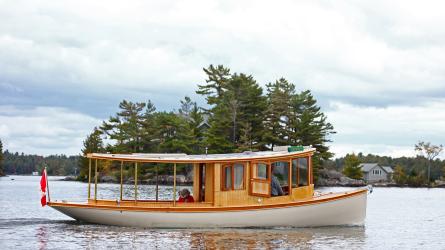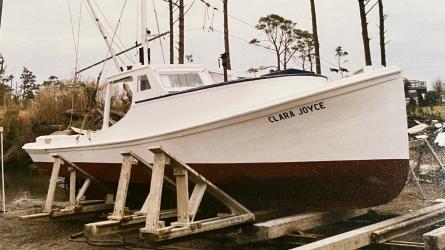November / December 2021
A Piscataqua River Wherry
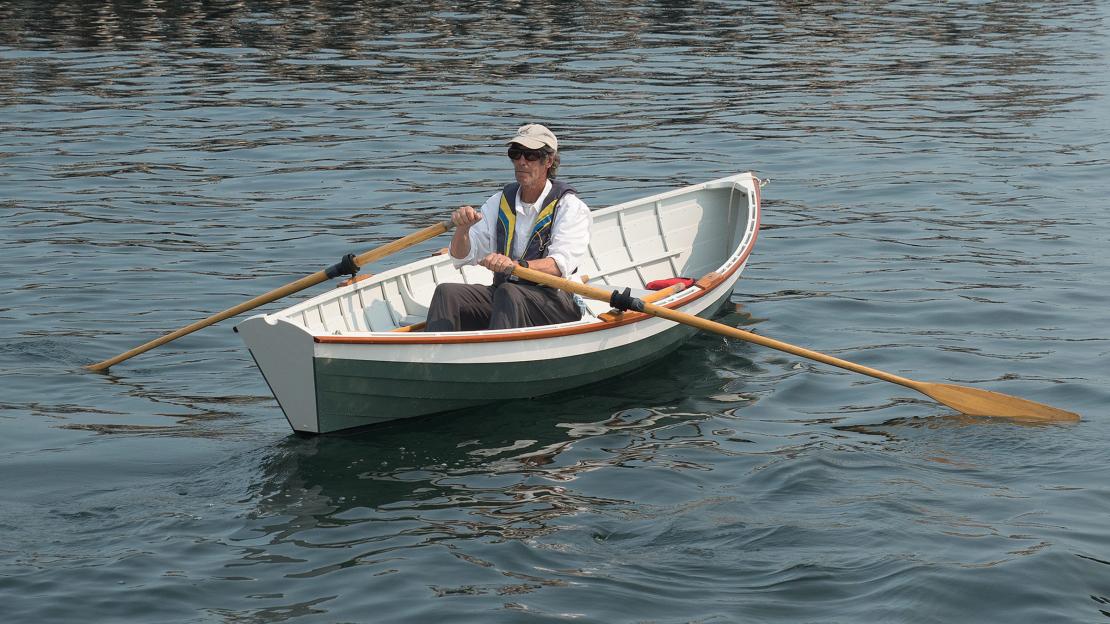
The boat type, which was in common use on the river that runs between New Hampshire and Maine, proved well-suited for rowing in Port Townsend Bay, Washington.
The traditional Piscataqua River wherry was used primarily in the late-19th and early-20th centuries as a water taxi on that strongly tidal river, which forms the border between Maine and New Hampshire. In its general shape and construction, the type was conceived as a low-freeboard and slender dory, as exhibited in a wherry built in about 1850 that is now in the collections at Mystic Seaport Museum.
When Matthew Straughn-Morse and I chose to build a Piscataqua wherry, we settled on a slightly smaller variant of Mystic’s boat, 15' long with a beam of 4', that Bud McIntosh designed in the 1970s. This version, we believed, would give us a nearly ideal fixed-seat recreational rowboat for the open bay on which we live here in Port Townsend, Washington. In dimensions, McIntosh reduced the length of the original boat but maintained its beam, probably to keep the boat lighter than the traditional version, since this contemporary design was optimized to be a recreational pulling boat for a single rower—although two people can row without problems and are accommodated by a second thwart and set of oarlocks.
The boat’s comparatively short length is probably optimal for relatively small and light folks such as me who don’t have enough horsepower to move a boat much longer than that at hull speed. Increased length makes a boat heavier and increases its wetted surface, which means the boat has more inertia and friction to overcome. Having two rowers doesn’t increase speed much, but it significantly reduces the effort required of each rower.
To read the rest of this article:
Click the button below to log into your Digital Issue Access account.
No digital access? Subscribe or upgrade to a WoodenBoat Digital Subscription and finish reading this article as well as every article we have published for the past 50-years.
ACCESS TO EXPERIENCE
Subscribe Today
1 YEAR SUBSCRIPTION (6 ISSUES)
PLUS ACCESS TO MORE THAN 300 DIGITAL BACK ISSUES
DIGITAL $29.00
PRINT+DIGITAL $42.95
Subscribe
To read articles from previous issues, you can purchase the issue at The WoodenBoat Store link below.
 Purchase this issue from
Purchase this issue from
